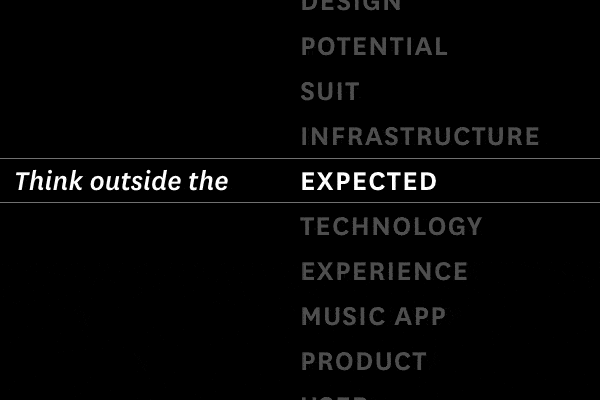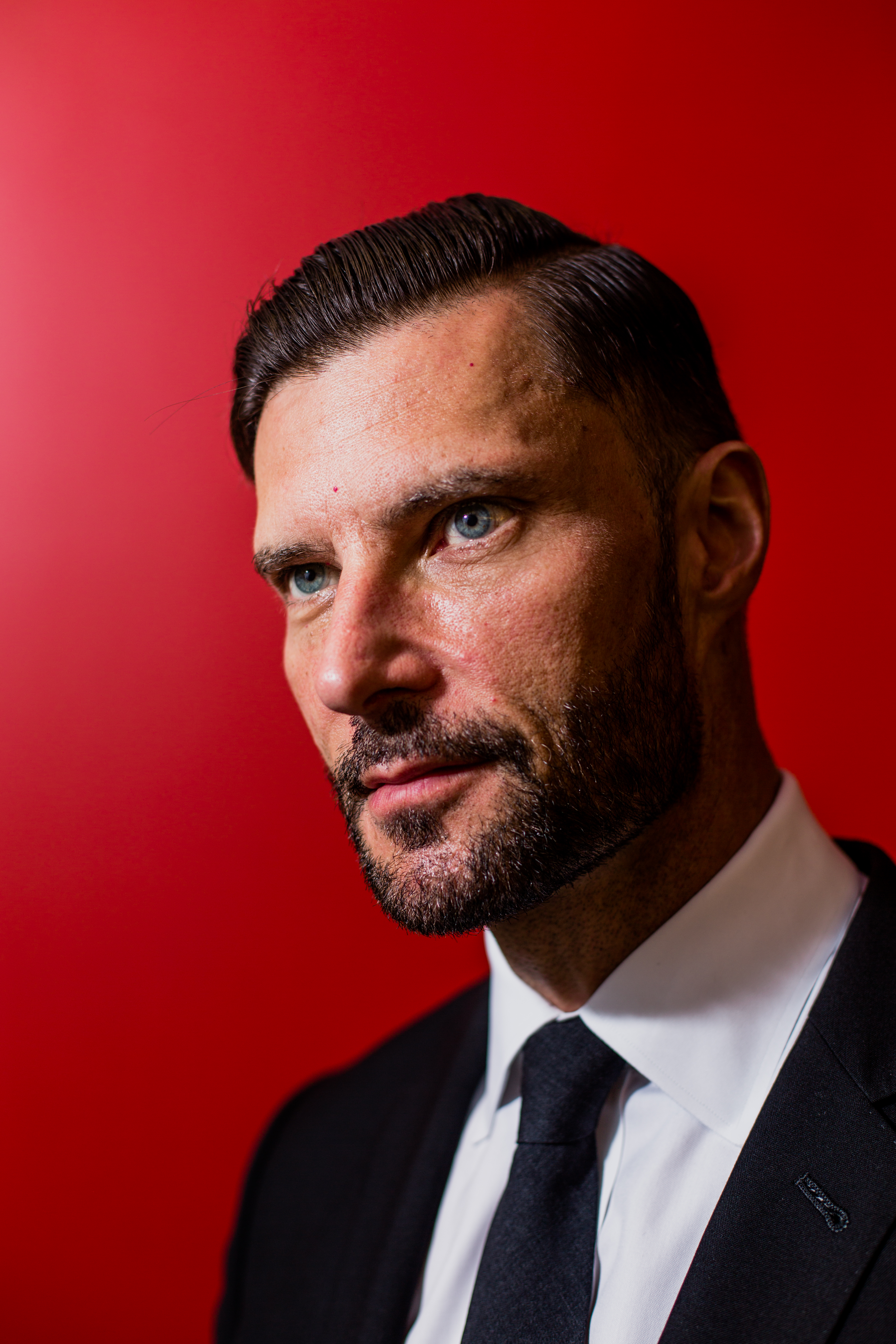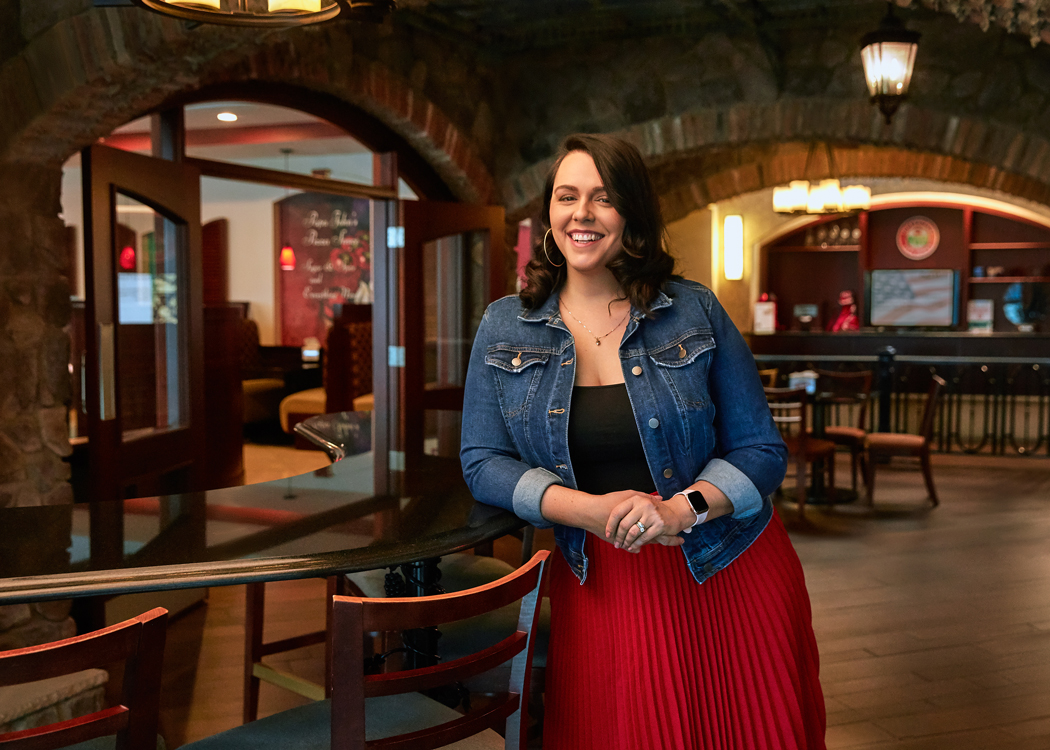In field where “do no harm” looms large, Todd Unger understands that digital transformation is more than just breaking things—it’s building new capabilities at 100 mph. As the chief experience officer and senior vice president of physician engagement at the American Medical Association (AMA), Unger’s job is to re-define the AMA member experience for the digital age and drastically scale the impact and reach of AMA’s mission initiatives. His MO: teach the team how to break things faster, shed old ways of doing things and rapidly embrace the modern digital toolkit.
Q: You’re an advocate for “productive disruption.” How do you define that term, and how do you apply it to your work in a practical way?
A: When I joined the AMA, I was surprised that it took 48 days to get out a marketing email. I made quick decisions regarding who should be part of the process and approvals. Turnaround time fell to a matter of days then to hours.
I also moved quickly on implementing a data-driven test to improve culture, encouraging the team to try new ideas constantly and benchmark them against existing approaches. This test-and-learn approach immediately made email marketing our fastest growing marketing channel, and the culture of testing that followed unleashed a ton of creativity and energy across the board.
These are the practical, everyday change-driving activities of a productive disruptor. It’s not like anyone was enjoying the old ways of doing things, but sometimes you just need a leader to step in and say, “We’re not going to do it that way anymore,” even if it means breaking some rules. Do the same thing five or ten other times, and the transformation ball gets rolling, giving you permission to tackle far bigger initiatives.
Russell-Reynolds coined the term “productive disruptor” to describe a new set of digital leaders who are more innovative, disruptive, bold, socially adept, and determined. These are folks who can lead an organization successfully through a digital transformation. I try to live up to the moniker every day, being candid with my team and colleagues, changing things that aren’t working, and trying to unleash everyone else’s ability to make change. It’s incredibly energizing.

Q: How do you define your role of chief experience officer?
A: My role, and anyone who has this title, should be 100 percent tied to growth. Plain and simple.
If survey results come back with 100 percent member satisfaction, for example, yet membership, retention, or other core KPI’s are declining, that’s a sign that I’m not doing my job right. It’s a hard pill to swallow for many people, but CEO’s who hire for this role should have the expectation that the Chief Experience Officer is directly tied to results.
This is a “buck stops here” role that the new digital era demands. In the customer’s mind, there is no difference between marketing, product design, and content. They just see and experience what you’re offering them. To deliver rapid growth in a digital environment, you need an operational and strategic leader who oversees all of these areas since they’re so intertwined and tightly consumer-focused.
Q: Is that a title you think we’ll see more of across industries? What are the benefits of companies/organizations instituting this role?
A: It’s not about the title or adding one more “C-Level” exec—it’s about redefining an organizational structure for the digital age. Multiple studies have shown that companies that wholly organize around digital make significant, consistent growth. This isn’t something you can dip your toes in and see how it goes.
You see a lot of CXO’s who are more focused on customer experience or design, but it’s still rare to see what I think is the most important: an operating leader who oversees marketing, product design, and content to accelerate profitable growth. In a digital environment, it’s so critical that marketing, content, and product move together cohesively. But, so many companies are still functioning like it’s 1997, when I left marketing and started my digital career. I think that’s a key reason why CMO turnover is so high.
Q: How did a “productive disruptor” find his way to the AMA, and what has been your experience so far?
A: When the recruiter from Russell-Reynolds first met with me about the AMA role, the first question I asked him was, “Why are you talking to me?” I’d been in horse racing for six years, and it seemed like a strange fit. It turned out the AMA was looking for someone who could do exactly the kind of digital transformation work I was doing at the Daily Racing Form. For me, it was a chance to do what I was good at on a much bigger platform and with a lot more impact.

People on the outside might think the AMA is a conservative, slow-moving place, but the truth is I’ve been more productive here in eighteen months than anywhere else in my entire career. This is an organization hungry for transformation—it is willing to put the resources behind it and is supported by some of the most outstanding colleagues I’ve ever worked with.
When I first arrived here, I immediately noticed that responsibility for the website itself was spread out across the organization. As a former GM of many web operations, I knew we needed a unified publishing team to get the kind of rapid traction we wanted. That change happened within sixty days. Very few organizations I’ve been part of have moved that fast.
Q: What’s the biggest challenge facing the AMA from your perspective, and how are you getting after it?
A: We’re doing so much great work for patients and physicians, so it’s pretty frustrating to find out how many people are unaware of it. Job number one is fixing that.
As CXO, my objectives are to maximize the impact of our mission-based initiatives and drive step-level growth in our membership. I think one of my most significant accomplishments over the past eighteen months is proving that these two objectives are closely aligned, not separate.
We created a new campaign, Membership Moves Medicine™, that translates the AMA’s work into tangible results to demonstrate the value and impact of an AMA membership. A big part of the campaign is celebrating what our members are doing to move medicine. The combination of logical “proof” and the emotional connection of seeing what real members are accomplishing (no more stock photos!) has proven very powerful.
Q: You have a strong background in marketing and advertising. How does that impact your thinking today about owning the customer experience?
A: When I was at Leo Burnett, I came up with the idea for GladWare Plastic Containers, and it changed the whole trajectory of my career. Seeing the reaction to a tagline I wrote—“The containers you’ll love to use and afford to lose.”—taught me that people can have an emotional connection to almost anything, even a plastic container!
That experience brought together everything I’d learned there and at P&G, especially how to segment an audience and create a compelling consumer proposition that unifies marketing and product. Funny how that carries through to my CXO role today.
Digital tools are not useful if you haven’t done the fundamental work of consumer marketing: segmenting the audience and building a compelling and marketable proposition. I find that many people in digital environments skip that part and go right to the product. This why you read about different digital companies struggling with “product/market fit”—a failure to make sure your product satisfies a real market need.
This is definitely a different and far more exciting time to be in marketing than in my consumer products days. I had to re-learn marketing in a digital environment when I went to the Daily Racing Form, and it had a profound impact on me. Digital marketing offers an entirely new set of capabilities that allow you to see and measure the impact of marketing and product decisions in real-time. For someone who’s into rapid growth, it’s an adrenaline rush. I’m hooked.
Q: What advice would you give to executives who see opportunities to embrace a disruptive mind-set within their organization?
A: You can be a productive disruptor anywhere. The key thing to learn is keeping it productive, which is very different than being a bull in a china shop or a pure dreamer.
There are a few simple ways to get started:
Be candid. I wouldn’t have done this earlier in my career, but I’ve given myself permission to re-set an unproductive meeting, address misunderstandings or confusion, and push for a decision instead of leaving things up in the air.
Test and learn. It’s the best part of digital. The low-risk, iterative process delivers constant learning and a sense of momentum. One of my team members was analyzing user sessions to try to pinpoint a design issue. Within what we thought was a well-labeled document, he saw that people were clicking on a portion of the screen rather than filling in their names. I celebrate discoveries like this because little wins add up, and it encourages everyone to do the same.
Kill something that isn’t working. When I started at the AMA, there were a lot of product initiatives that would be much better handled through content. I stopped them.
Team up with other productive disruptors. Find other people who are change-makers and figure out a way to work together. What started as an organic connection with one of my like-minded AMA colleagues morphed into a model of collaboration and an official priority for the organization.
Q: Disruption has become a buzzword, so how do you keep the actual meaning and practice fresh and relevant in your work?
A: Disruption is often put in terms of what’s done to you or an industry.
My brand of disruption focuses on showing people the “how”—creating a vision and teaching a team how to do something in a new way, then leveraging a tangible success to go to the next level. It’s infectious. When you see the team pick up the ball and start innovating the same way, you know it’s taking hold.
At the AMA, we’ve started a content marketing operation, something unfamiliar to a lot of folks. So, I’ve used a totally unrelated and funny example from my real life to help illustrate the principles and bring the concept to life. The first article we produced using best content marketing practices generated 100 times the average number of page views and became the number one piece of web content we’ve ever produced. Deliver results like that, and you can create believers.















